In an era where new tech releases seem to be announced daily there are bound to be some that flourish and some that are left behind. Those that fail usually don’t gain any interest due to the mass amount of competition, but in many cases it’s because they’re total garbage. Over the years there have been some truly awful flops which have muddied the tech waters, and so, in no particular order, here are some of the worst tech fails of all time.
America Online (AOL)
In 2001, AOL was worth $240 billion and had a remarkable audience of over 30 million subscribers, mostly made up of Internet newcomers who were unaware of alternatives or were pulled in due to AOL’s relentless marketing. As the Internet expanded though, it became clear that the ISP was a buggy mess, with slow software and consistent dial-up problems that drove their users mad.
Although AOL may have rebranded in recent years and is now trying to make it in the content game, it seems the company is still struggling to shake its stigma.
Eyetop Wearable DVD Player
The world may be more accepting of wearable tech like Google Glass now, but back in 2004 we just weren’t ready. The Eyetop Wearable DVD Player tech featured robust glasses with a 320 x 240 pixel LCD screen in the right lens that was intended to immerse it’s users in a movie whilst also allowing them to see through the left lens. Instead, users complained of motion sickness, not to mention they had to carry the DVD player and battery pack around in a shoulder bag.
The IBM PCjr
By 1984, IBM had managed to retain a colossal 26% of all computer sales and was looking to enter the school-computers market. Having spent $40 million on ads, IBM presumed that the PCjr would be a hit, however it was far more expensive than it’s competition and ran barely any of the software that previous IBM models had. By the time IBM realised their mistake, Time had already labeled it “one of the biggest flops in the history of computing.”
Windows Vista
You knew it was coming: Microsoft’s 2007 OS Windows Vista is an infamous piece of tech ridiculed around the world, and for good reason. Although Vista was meant to be an updated version of XP, it offered little more than it’s predecessor and wasn’t compatible with older computer models. If you did manage to get it to run Vista was horrifically slow and frustrating, causing many users to either stick with XP or jump straight to Windows 7.
Windows ME
Also known as the ‘Mistake Edition’, Windows ME is perhaps the only other Microsoft-based operating system worse than Vista. Unreliable, incompatible and brimming with bugs, PC World called Windows ME the real ‘Millennium Bug’.
Internet Explorer 6

Released in 2001, IE6 is renowned for being perhaps the least safe software ever created. If anyone using the web browser happened to visit the wrong website, they could instantly be infected with SCOB or Download.Jcet Keylogger, which was used to steal passwords and personal information. In June 2004, the US Computer Emergency Readiness Team (CERT) even issued an alert for computer users to switch to any web browser other than IE6.
The Laserdisc
Just two years into the era of video and VCRs, the high-capacity storage Laserdisc was released. Not only were the discs enormous and incredibly fragile, they were also expensive and required players that were significantly more costly than other media players. Although the CD would later go on to have a huge amount of success, the Laserdisc fell to the wayside.
HD DVD
Supported by Toshiba, the HD DVD was released at the same time as Sony’s Blu Ray back in 2006. As Sony managed to get multiple movie studios to release their high-definition editions on Blu Ray, it’s believed that Toshiba lost over $1 billion whilst supporting the HD DVD.
The Original Xbox 360
If you ever owned one of the original Microsoft Xbox 360 consoles, chances are you spent a lot of time staring at ‘The Red Ring Of Death’ and wishing that your console were more than a useless, expensive brick. The Red Ring Of Death was so common amongst these machines that Microsoft expanded the warranty on the Xbox 360 to three years, and it’s thought that Redmonds spent over $1 billion attempting to fix the issue and failing.
Philips CD-i
In 1991, Sony and Philips teamed up to release the Compact Disc – Interactive. However, due to few game choices and the fact it cost $700 it failed to take off. Still, four models were released before the Philips CD-I was finally discontinued in 1998.
Nintendo Virtual Boy
Although Gunpei Yokoj would later go on to design the extremely popular Gameboy for Nintendo, his first creation was the Virtual Boy. According to Game Over magazine, Yokoj never intended for the Virtual Boy to be released but Nintendo pushed forward anyway. Reviews were less than kind, and although Nintendo lowered the price multiple times, only 800,000 Virtual Boy’s were sold worldwide and was discontinued in 1996.
Gizmondo
Released in 2005, the Gizmondo was thought to be the most powerful handheld console in the history of gaming. However, only 25,000 units were ever sold and after the company’s CEO Carl Freer crashed his Ferrari Enzo and was sent to prison, the company only managed to release eight more games before going bankrupt.
The Facebook Phone
Despite Facebook’s huge amount of success and popularity worldwide, the HTC First – also known as the Facebook Phone – received very little attention from the general public. The handset’s Android skin and Facebook-centric home were particularly unpopular with users, and so even though the phone was only $99 very few people invested. AT&T, the Facebook Phone’s exclusive carrier, even went as far as to sell the model for just $0.99 in a ‘temporary sale’.
Microsoft Zune
Also in 2006, Microsoft released their 30GB music player that was meant to rival Apple’s iPod. Unfortunately, despite Zune’s good reviews, it suffered from poor sales and ultimately failed to make a dent in the market.
Twitter Music
Speaking of music media, Twitter Music was released and killed off in less than a year as Twitter’s music app failed to compete with huge names like Pandora, YouTube and Spotify.
ITunes Ping
Apple’s ITunes Ping could have been a successful social media networking site that combined socializing and music, except for the fact is was borderline impossible to actually find anyone you knew on the site. At first, Ping experienced a modest flood of users, but failed to keep them as spam, fake accounts and corrupt links were absolutely everywhere. In the end, Ping was shut down.
Google Wave
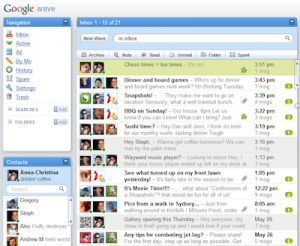
In May 2009, Google released their original instant messaging service, which combined chatting and emails, but were forced to scrap it a year later as the site just didn’t seem to attract users.
Facebook Deals
Another social media flop was Facebook Deals, a site similar to Groupon and LivingSocial, which aimed to offer users local bargains and promotions. However, after four months of piloting the scheme in a few cities around the USA, Facebook Deals was ultimately abandoned.

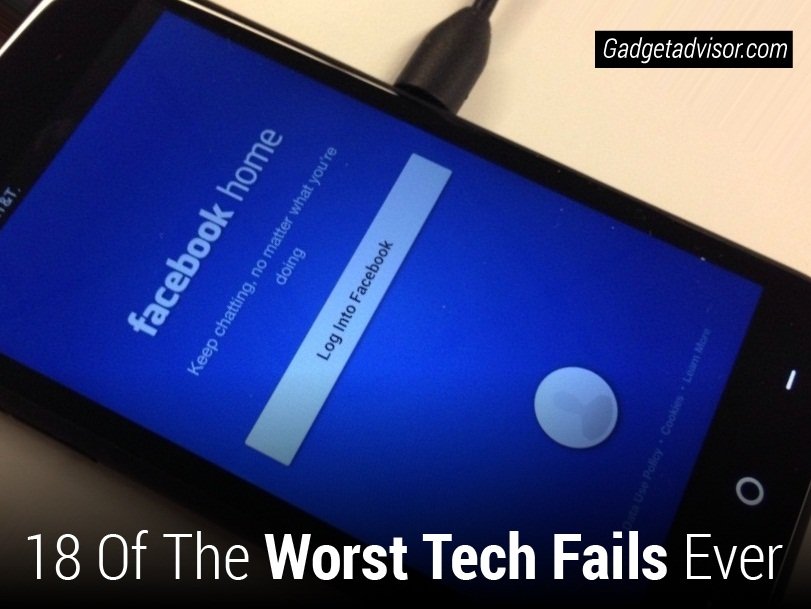


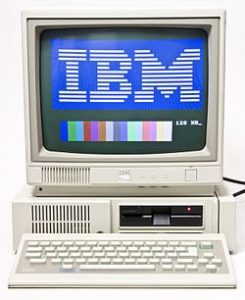




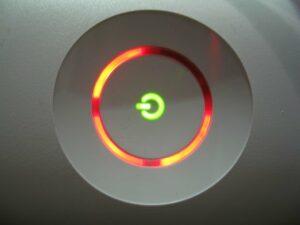
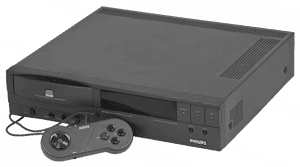


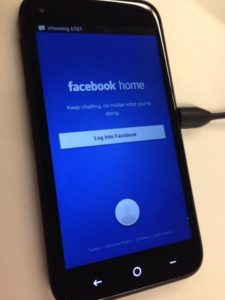



“Gunpei Yokoj would later go on to design the extremely popular Gameboy for Nintendo, his first creation was the Virtual Boy.”
The Gameboy was released in 1989. The Virtual Boy was released in 1995. He’s also called Gunpei Yokoi, not Gunpei Yokoj.